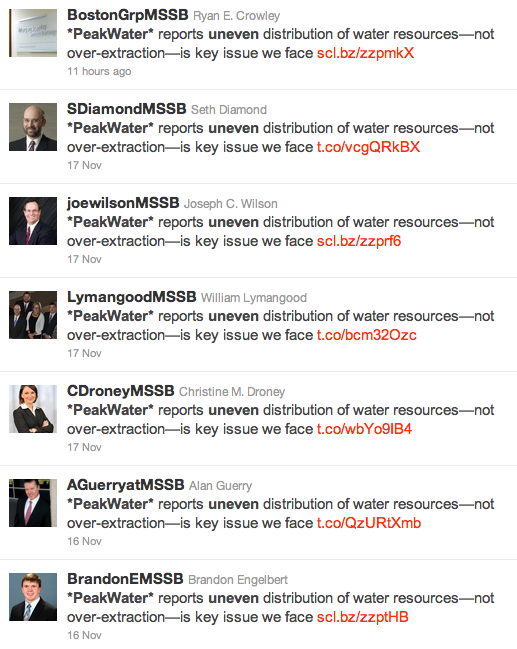 Leading up to its 2012 National Conference, TD Ameritrade Institutional held a full day of pre-conference sessions today for the benefit of its advisors.
Leading up to its 2012 National Conference, TD Ameritrade Institutional held a full day of pre-conference sessions today for the benefit of its advisors.
George Tamer, Director Strategic Relationships and Consulting, welcomed 683 attendees to the pre-conference sessions, representing an uptick in attendance of 88% over the previous year.
Pre-conference tracks were split across four areas:
- Learn How to Market Your Fiduciary Advantage
- 401(k) Fundamentals
- Options Market Center Workshop
- Capturing Investment Opportunities
- Boost Efficiency with Technology
I attended the Technology tracks, and throughout the day, the hottest topic that came up was the DocuSign integration with Veo Open Access.
Supporting E-Signature
The DocuSign integration with Veo Open Access allows a nearly seamless workflow from form creation, client signature, to back office processing. It sounds too good to be true almost, and advisors are rightly concerned about end-client experience. Clients will be faced with authentication questions from DocuSign, possibly failing to authenticate, figuring out how to get their own copies of signed documents, making sure they use the right Internet browser, and so on.
To its credit, TD Ameritrade Institutional’s team, including Andy Wang, Senior Manager of Product Management, was very proactive on addressing advisor concern. The custodian is not simply pushing out the new integration without any testing. It’s clear that they’ve listened to adviser feedback.
For example, Wang said that the DocuSign integration allows customization of client authentication questions so they’re not impossible for most clients to use. Wang cited an address of a house a client owned in the 1970s as one of the more challenging questions the default system might generate. The customized questions, according to Wang, are much more relevant, yet they still fall under the strict RSA guidelines for enforcing accurate authentication.
Electronic signature workflow presents a great opportunity for efficiency in an adviser’s firm, particularly because once documents are electronically signed, they are automatically routed to the TD Ameritrade back office servicing team. This largely removes advisers from the follow up chain, where they used to be required to gather all the signed paperwork, FedEx it to the custodian, and then call the back office to confirm receipt. That’s antiquated process is history.
Tomorrow, the main event kicks off with business updates from Tom Bradley and Fred Tomczyk, followed by keynote sessions from Robert M. Gates, 22nd U.S. Secretary of Defense and Sheila Bair, 19th Chairman of the FDIC.
Look for more updates soon!


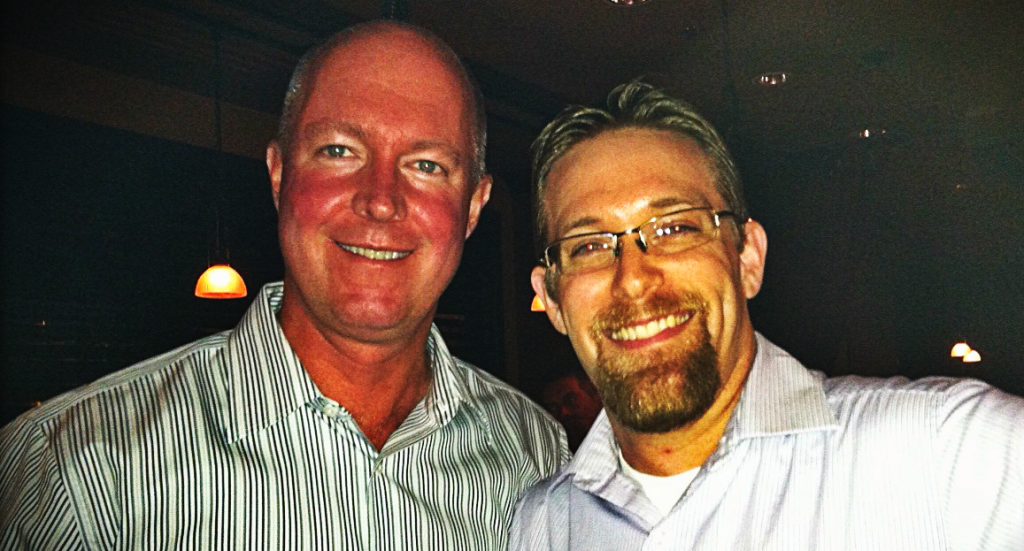

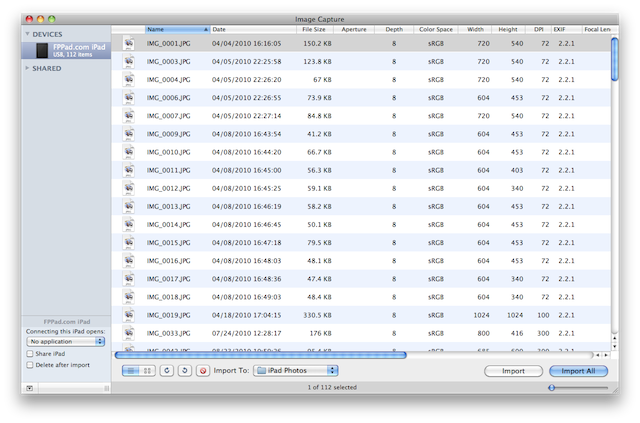
 Leading up to its
Leading up to its 

 After participating virtually (e.g. online) in what was likely the busiest shopping weekend of the year last week, I logged in to reconcile one of my credit card accounts. Lo and behold, they added a new security feature to authenticate my account when I used a second computer to log in.
After participating virtually (e.g. online) in what was likely the busiest shopping weekend of the year last week, I logged in to reconcile one of my credit card accounts. Lo and behold, they added a new security feature to authenticate my account when I used a second computer to log in.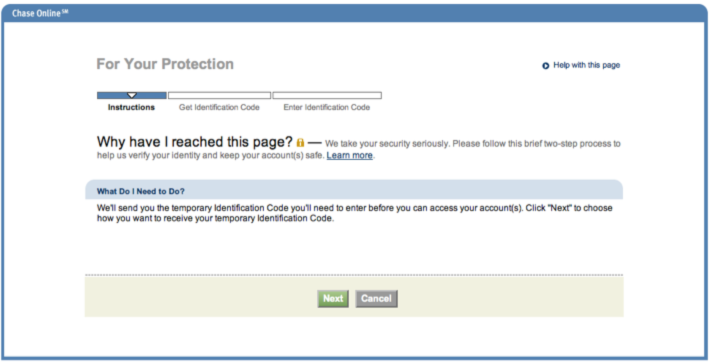 After clicking Next, I was given the option of receiving my code using several contact methods associated with my account profile. Options included voice or text messages to one of my phone numbers or receiving a code via an email account previously registered to my account.
After clicking Next, I was given the option of receiving my code using several contact methods associated with my account profile. Options included voice or text messages to one of my phone numbers or receiving a code via an email account previously registered to my account.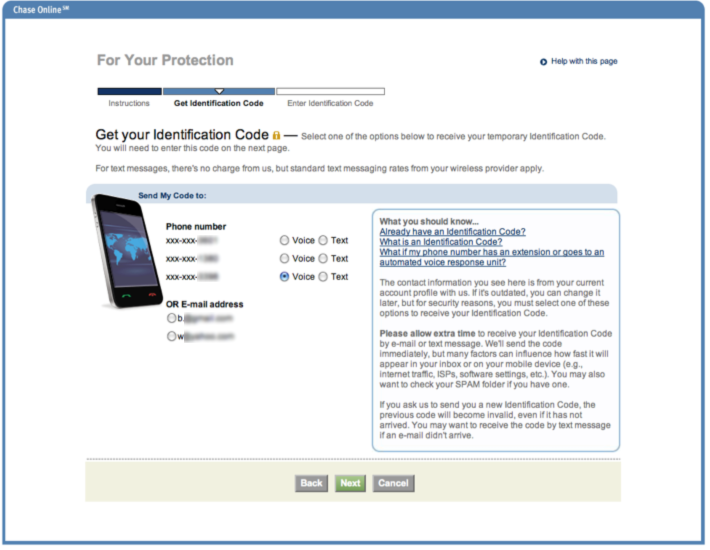 Just as in my
Just as in my 